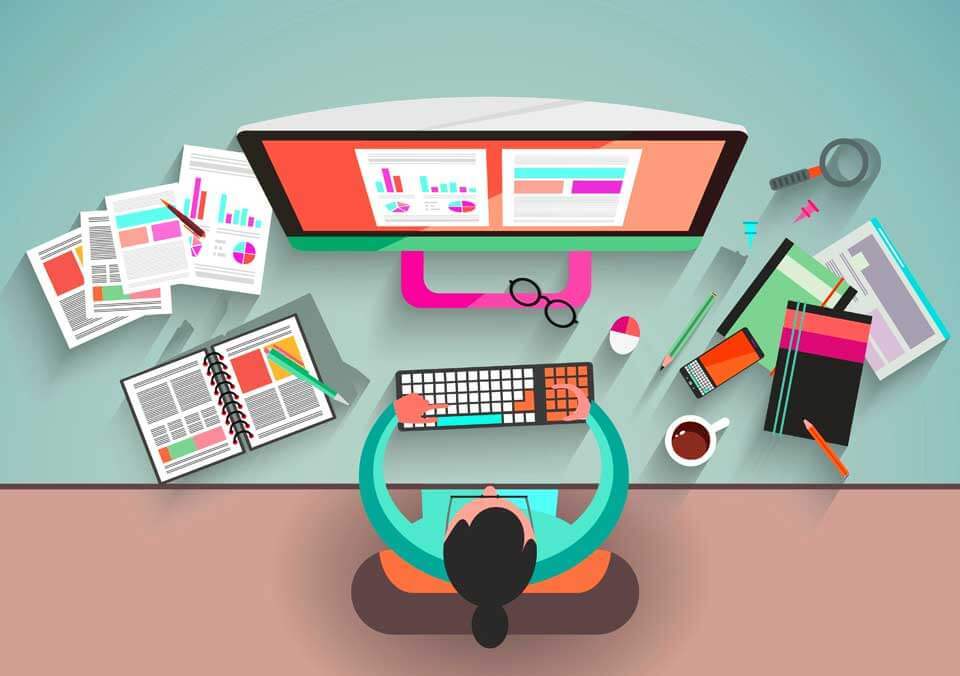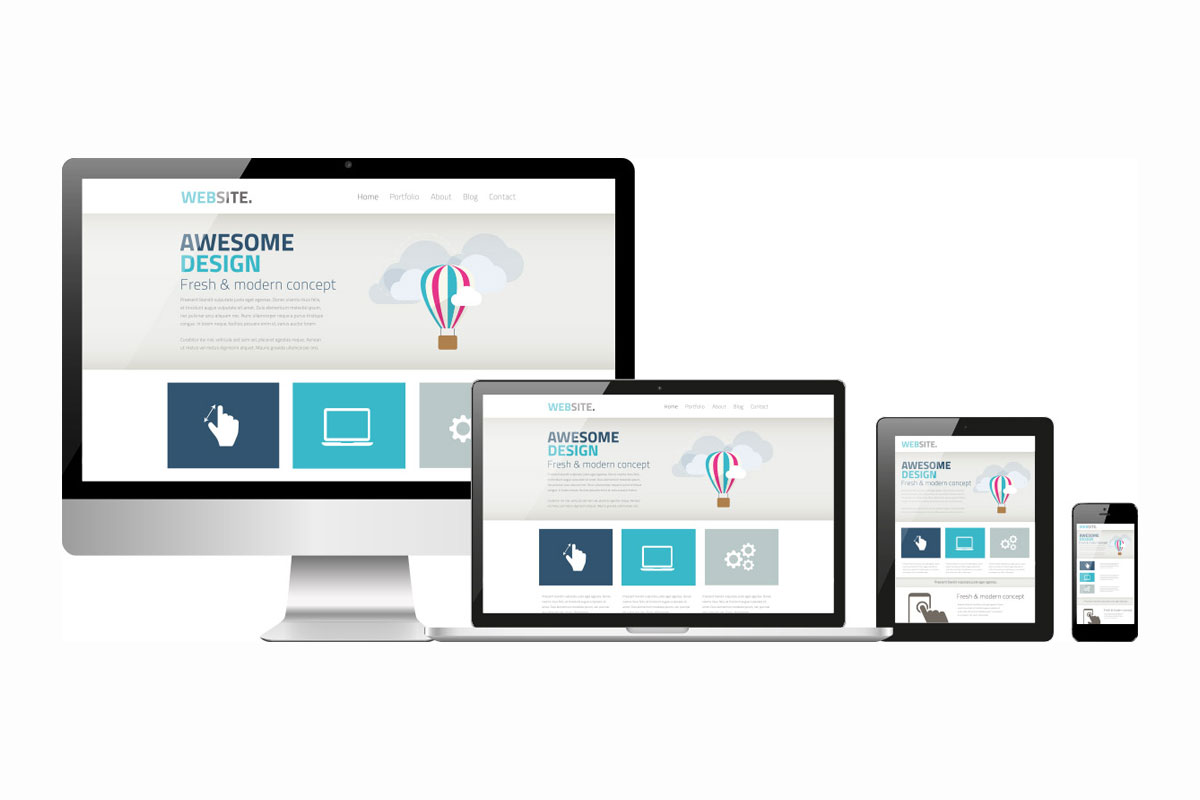Why Web Design and User Experience Must Go Hand-in-Hand for Success
Transform Your Web Site With Imaginative Internet Style Methods That Work
In today's digital landscape, the value of a reliable internet site can not be overemphasized. Innovative web layout approaches that prioritize individual experience, minimalist aesthetic appeals, and high-grade visuals are important for retaining and capturing audience attention. In addition, executing responsive design and optimizing for speed can significantly boost overall efficiency. These aspects collaborate to develop a smooth on the internet experience that not only shows your brand identity but additionally cultivates much deeper connections with your customers. The inquiry continues to be: which certain techniques will yield the most impactful outcomes for your one-of-a-kind purposes?

Prioritize Customer Experience
To improve involvement and retention, developers need to focus on individual experience (UX) in their internet design strategies. A well-structured UX is crucial for making certain that individuals navigate a website seamlessly, which straight affects their fulfillment and possibility of returning. This starts with understanding the target market and their requirements, enabling designers to develop intuitive layouts and capabilities that resonate with users.
Crucial element of effective UX include quality of info, ease of access, and receptive style. Sites should supply simple navigating that allows users to find what they require quickly. Furthermore, ease of access considerations make sure that all users, including those with handicaps, can interact with the site without obstacles.

Ultimately, focusing on UX in website design fosters a favorable relationship in between users and the site, encouraging expedition and interaction while driving conversion prices. Thus, a strategic concentrate on customer experience is vital for any kind of successful website design undertaking.
Embrace Minimalist Layout
A focus on customer experience naturally results in the fostering of minimal design principles, which focus on simplicity and performance. By stripping away unneeded components, minimalist style boosts clarity, making it simpler for users to involve and navigate with your site. This strategy not only minimizes cognitive tons yet also guides focus to crucial material, cultivating a much more immersive experience.
Including white space efficiently is a characteristic of minimalist design, permitting an extra breathable format that enhances readability and aesthetic allure. This willful use space helps to produce a sense of balance and consistency, attracting users in rather than frustrating them with information.
Moreover, a minimal style approach often leads to faster lots times, as fewer elements require less bandwidth. This rise in efficiency can substantially impact user retention and contentment, eventually bring about greater conversion prices.
To accept minimalist design, start by bookkeeping your present website to identify and remove unneeded aspects. Emphasis on vital functions that offer a clear function and align with the overall objectives of your internet site. By embracing minimalist concepts, you can create a structured, user-centric system that reverberates with your audience.
Utilize Involving Visuals
Engaging visuals consistently play a crucial function in recording customer interest and enhancing total site experience. Top quality pictures, animations, infographics, and video clips not only make your website aesthetically pleasing yet also assist in much better communication of your brand name message. By incorporating visuals, you can successfully damage down intricate information, making it a lot more digestible for your target market.
When selecting visuals, ensure that they matter and resonate with your target market. Personalized graphics and distinct digital photography can set your website aside from rivals and foster a more powerful emotional link with site visitors. Web design. Think about the usage of color psychology to evoke certain sensations or responses; as an example, blue frequently communicates trust fund, while dynamic shades can develop exhilaration
Users are less most likely to stay on a website that takes too long to lots, so compressed images and you can find out more appropriately sized videos are critical. Involving visuals are not just attractive; they are important in improving individual interaction and driving conversions.
Implement Responsive Design
Implementing receptive layout is important in today's electronic landscape, where users accessibility internet sites throughout a wide variety of gadgets and screen sizes. A receptive site flawlessly adjusts its layout and content to give an ideal viewing experience, whether on a desktop, tablet, or smart device . This versatility not only improves user experience yet also boosts use and interaction, which are crucial for retaining site visitors.
To attain receptive design, use flexible grids and designs that can get used to varying display resolutions. CSS media inquiries play a crucial duty in defining various designs for different gadgets, ensuring that web content is offered appropriately no matter the platform. In addition, scalable images and liquid typography add to a cohesive layout that maintains visual honesty across gadgets.
Moreover, a receptive approach can positively affect your internet site's internet search engine position, as online search engine like Google focus on mobile-friendly sites in their algorithms. By applying receptive design, you demonstrate a commitment to user-centric web experiences, fostering depend on and credibility among your audience. In summary, accepting receptive style is not merely a pattern try these out but a strategic requirement for any kind of modern site aiming to prosper in an affordable on-line environment.

Enhance for Rate and Performance
Along with receptive design, enhancing for rate and performance is crucial for enhancing individual experience and guaranteeing that visitors remain engaged with your site. A slow-loading website can lead to high bounce prices, adversely impacting both customer contentment and internet search engine rankings. As a result, applying effective techniques to improve internet site efficiency is essential.
Start by assessing your site's present speed using tools such as Google PageSpeed Insights or GTmetrix. Employing formats like WebP can additionally boost photo packing effectiveness.
Furthermore, take advantage of web browser caching to keep frequently accessed sources, lowering the moment it takes to fill web pages for returning visitors. Minifying CSS, JavaScript, and HTML files can further simplify the code, allowing quicker rendering times.
Lastly, consider making use of a Web content Distribution Network (CDN) to distribute your assets throughout various web servers internationally, making sure faster gain access to for customers despite their geographic place. By prioritizing speed and performance, you can create a smooth browsing experience that maintains individuals involved and motivates repeat gos to.
Conclusion
In conclusion, the execution of imaginative internet layout techniques is essential for transforming a web site into a system that cultivates user engagement and retention. Prioritizing individual experience, accepting minimal layout, making use of appealing visuals, and making sure responsiveness jointly boost the total performance of a website.
By removing away unneeded aspects, minimalist design enhances clarity, making it easier for users to involve and browse with your internet site.Applying receptive style is necessary in today's digital landscape, where individuals access sites across a plethora of tools and display sizes.In enhancement to receptive layout, maximizing for speed and performance is essential for boosting individual experience and guaranteeing that visitors remain involved with your site.In conclusion, the execution of innovative web layout methods is her comment is here necessary for changing a site into a system that fosters customer involvement and retention. Prioritizing individual experience, welcoming minimalist layout, making use of appealing visuals, and ensuring responsiveness jointly improve the total efficiency of a website.